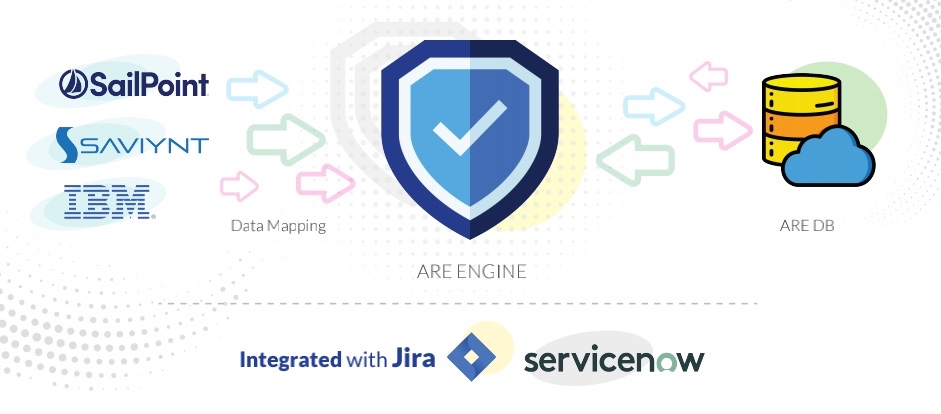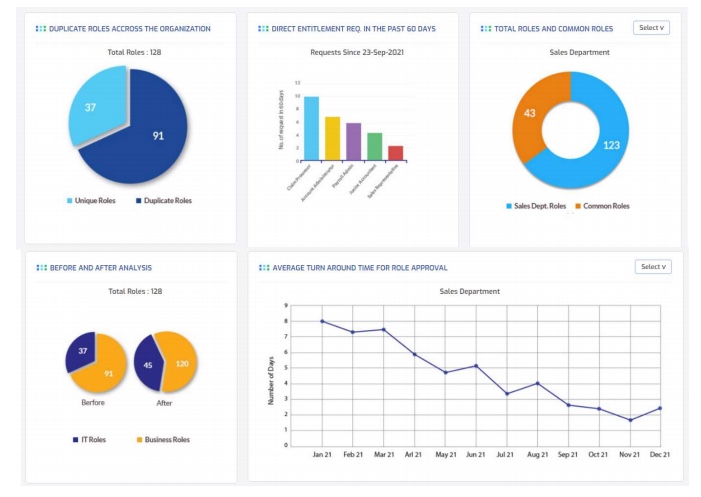A typical organization will have employees and contractors joining, leaving, and changing the teams all the time. It is a challenging task to ensure that each employee/contractor has the right set of privileges to perform his/her job, nothing more or nothing less.
Enterprises run a huge Access Risk operating in silos. Every Manager has a limited view of IT/Business roles contributing to Role Explosion. The knowledge that the same role was already created by another team and can be reused. This situation can snowball very quickly and can lead to very complex and confusing role definitions to manage. Nobody has a handle on how the roles are being created and assigned. Unmanaged role definitions can lead to a nightmare.



